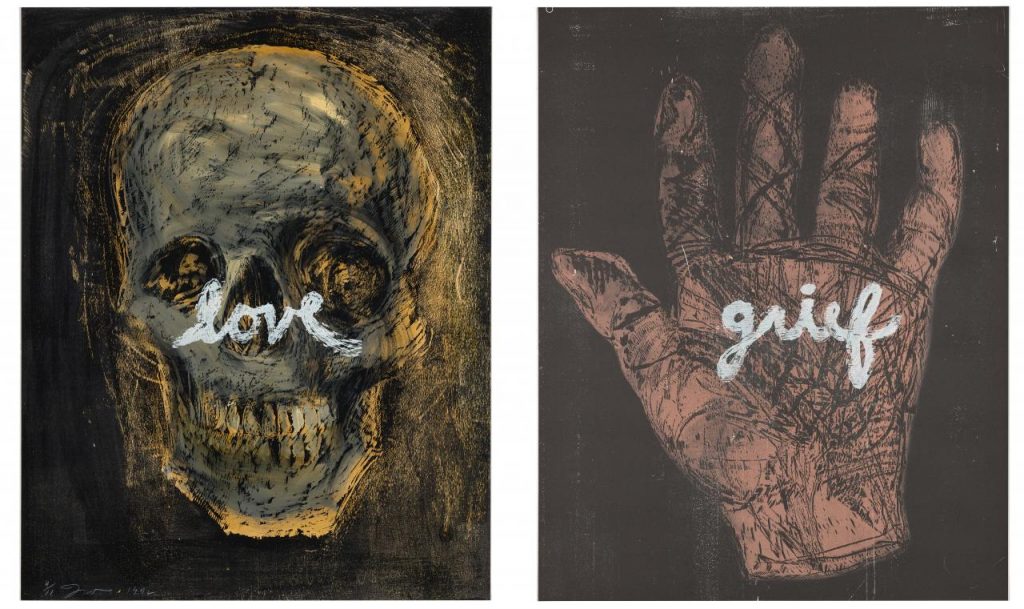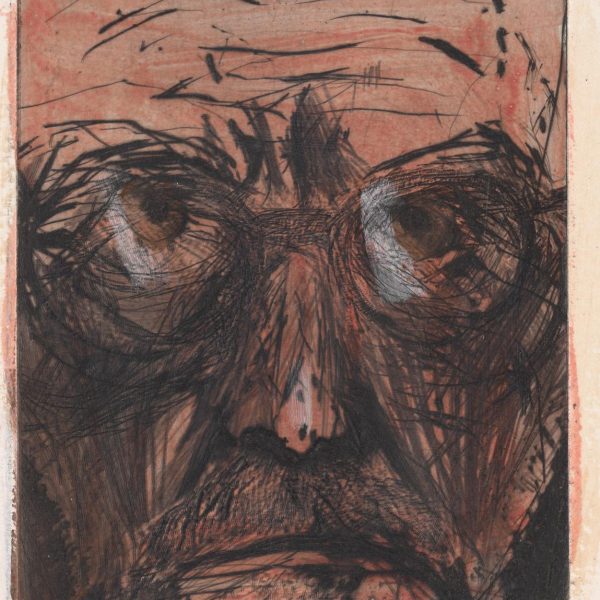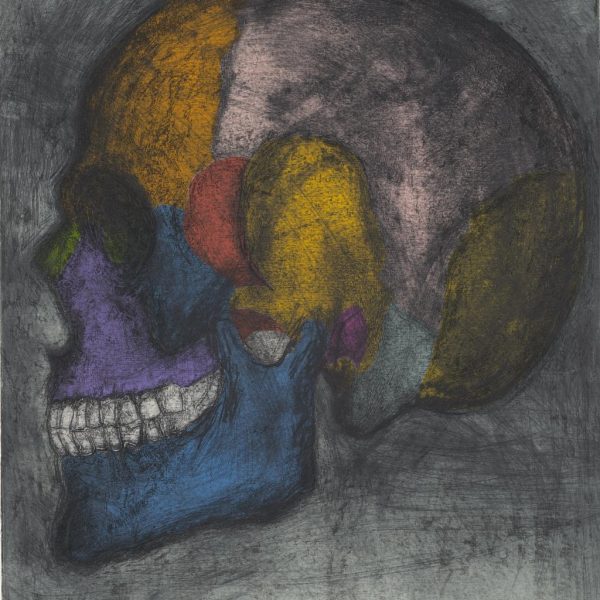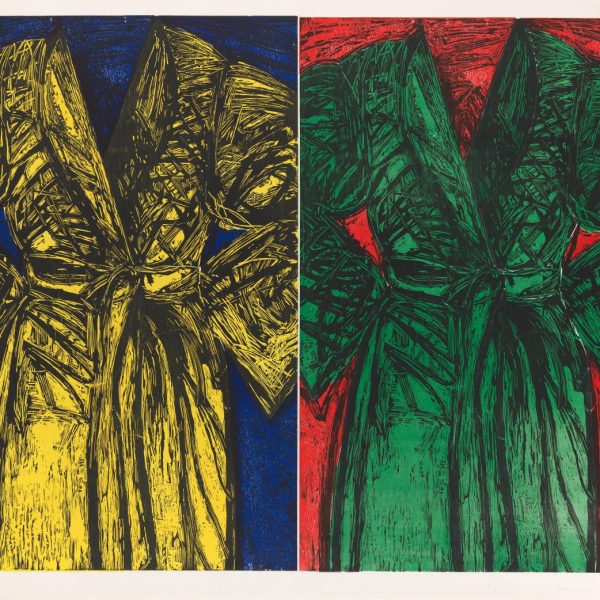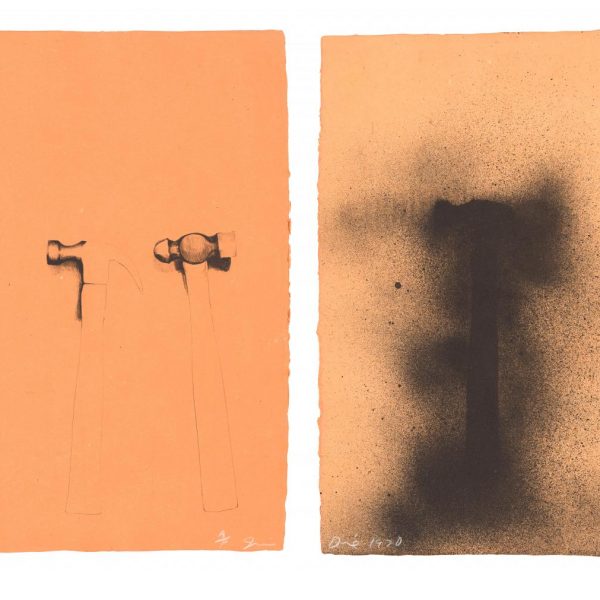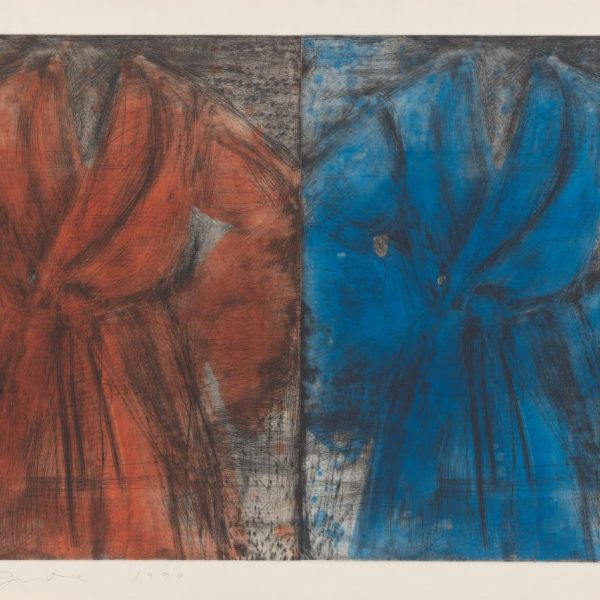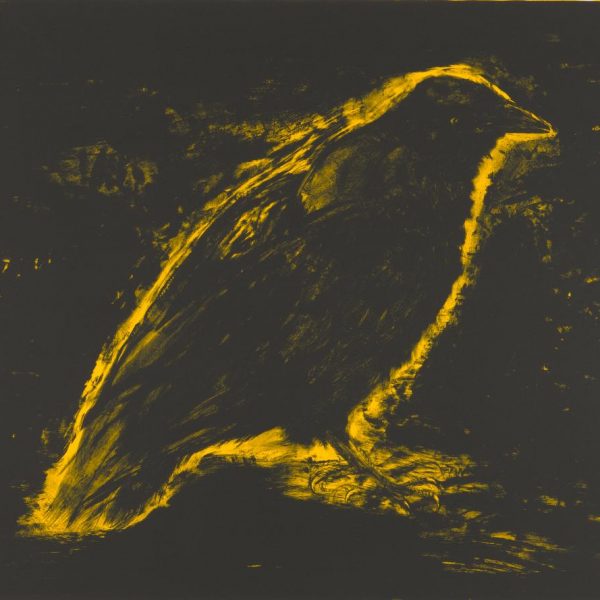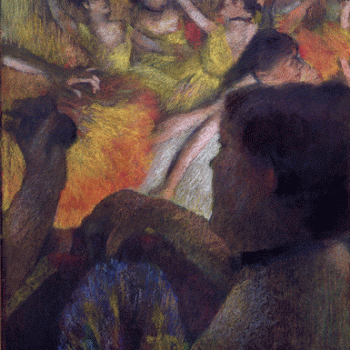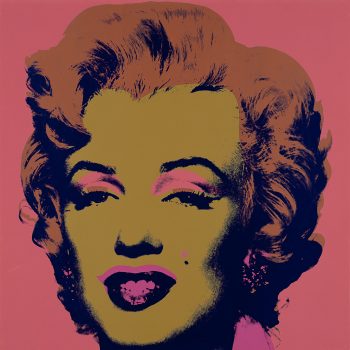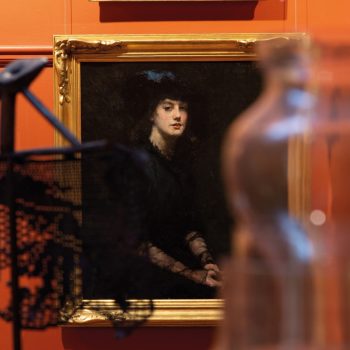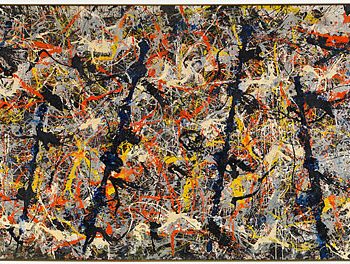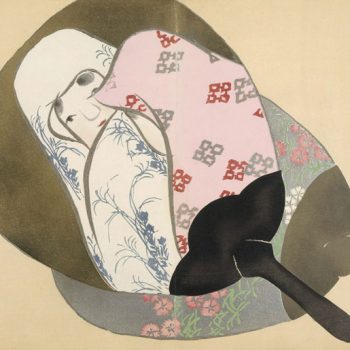“Jim Dine (1935 Ohio – ) came to prominence in New York in the radical artistic milieu of the late 1950s and 1960s, when social and cultural change inspired avant-garde artists to develop new approaches to art, including ‘Happenings’, Conceptualism and Minimalism. Dine was associated with Pop Art but did not align himself with any of the key artistic movements of the period.
He is a painter, sculptor, printmaker and poet who has walked his own path. His subjects include everyday objects and symbols – tools, hearts, bathrobes, skulls and the Venus de Milo – which are charged with personal meaning. These signature motifs are explored in serial variation, across media, over years and sometimes decades.
Printmaking is a central part of Dine’s oeuvre, and he has made more than 1000 etchings, lithographs and woodcuts over the course of his career, many of them executed on a monumental scale.
Featuring 100 works made between 1969–2013, Jim Dine: A Life in Print presents a survey of Dine’s print oeuvre. The exhibition reveals the artist‘s experimental approach to the medium: Dine combines various techniques and frequently uses power-tools to grind the plate, scrapes and rubs the paper to create new textures and marks, and ‘attacks’ the works in a series of spontaneous actions. Taking an unconventional approach to traditional materials and techniques, Dine injects his work with an expressive, energetic quality. This is Jim Dine’s first monographic exhibition in Australia, and the prints on display are part of a gift of 249 works which the artist donated to the NGV in 2016.”
https://www.ngv.vic.gov.au/?type=collection&s=jim+dine
“It was a medium that could provide art for everyone, by embracing new reproductive technologies and simultaneously puncturing the elitism and pomposity of “high art”. Printmaking as practised by Andy Warhol, Robert Rauschenberg and Jim Dine was egalitarian, hip and edgy. Unsurprisingly, it found many devotees…However, the key element that secured Dine’s following among aspiring artists in the swinging ’60s was his autobiographical, diaristic approach to making art. The objects he chose to represent were either linked to his past or locked into his current interests. The tools he depicted were an echo of a childhood spent in his father’s hardware store in Cincinnati, the heart was a valentine for his wife, and the bathrobe became a representation of self, constantly re-invented and re-imagined in paintings, prints and drawings.”
https://theconversation.com
PRINT TERMS:
Carborundum is a very hard black solid consisting of silicon carbide, used as an abrasive.
Drypoint is derived from a steel needle for engraving on a bare copper plate without acid.
Etching is a printmaking technique that uses chemical action to produce incised lines in a metal printing plate which then hold the applied ink and form the image
Intaglio printing is the opposite of relief printing, in that the printing is done from ink that is below the surface of the plate. The design is cut, scratched, or etched into the printing surface or plate, which can be copper, zinc, aluminum, magnesium, plastics, or even coated paper.
Lithography (from ancient Greek lithos meaning ‘stone’) is a method of printing originally based on the immiscibility (incapable of being mixed) of oil and water.The printing is from a stone (lithographic limestone) or a metal plate with a ball grained surface. It was invented in 1796 by German author and actor Alois Senefelder as a cheap method of publishing theatrical works. Lithography can be used to print text or image onto paper or other suitable material.
Monotyping produces a unique print, or monotype, because most of the ink is removed during the initial pressing. Although subsequent reprintings are sometimes possible, they differ greatly from the first print and are generally considered inferior. A second print from the original plate is called a “ghost print” or “cognate”. Stencils, watercolor, solvents, brushes, and other tools are often used to embellish a monotype print. Monotypes are often spontaneously executed and with no preliminary sketch.
Monotypes are the most painterly method among the printmaking techniques, a unique print that is essentially a printed painting. The principal characteristic of this medium is found in its spontaneity and its combination of printmaking, painting, and drawing medium.
Photogravure is an image produced from a photographic negative transferred to a metal plate and etched in.
Spit bite is an alternative to bath etching as a way of biting an aquatint. To draw your image, you paint acid on a plate prepared with rosin. The acid is diluted by water mixed with spit–or with gum arabic if you prefer. The acid bites wherever it touches the plate, showing brushstrokes, drips, and dots. Spit bite aquatint resembles watercolor in the finished print.
Woodcut is a type of print made from a design cut into a block of wood, formerly widely used for illustrations in books. An artist carves an image into the surface of a block of wood, typically with gouges leaving the printing parts level with the surface while removing the non-printing parts. Areas that the artist cuts away carry no ink, while characters or images at surface level carry the ink to produce the print. The block is cut along the wood grain. The surface is covered with ink by rolling over the surface with an ink-covered roller called a brayer, leaving ink upon the flat surface but not in the non-printing areas.

